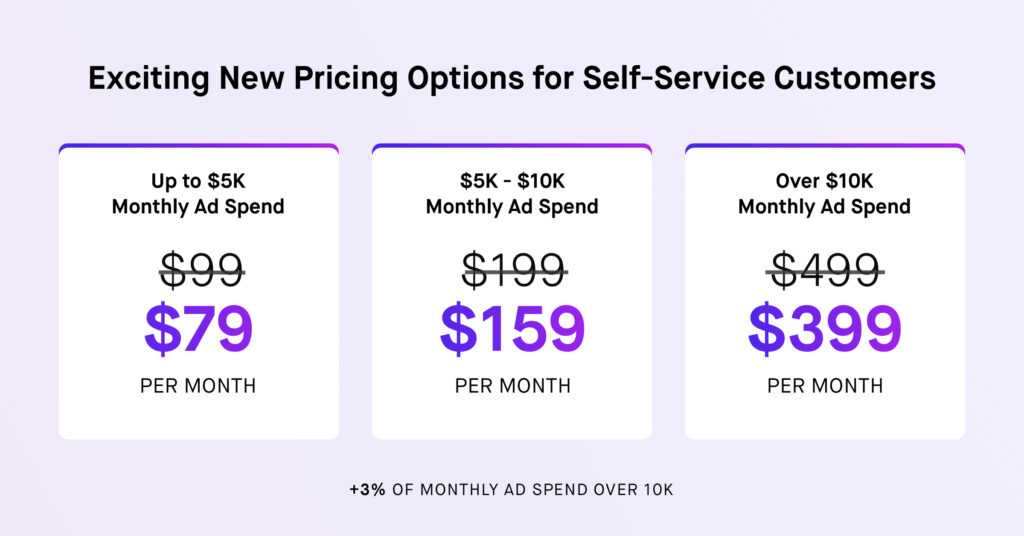Walmart is a battleground. It offers an incredible opportunity for brands of all sizes to grow their business, capture new audiences, and increase their sales. Unsurprisingly, with so many benefits, sellers are flocking to Walmart’s marketplace. In fact, as of mid-2023, Walmart totaled over 152K sellers and that number is still growing.With this much competition, it’s critical to organize your listings properly for the highest results. So what makes a successful Walmart marketplace seller? We’ve noticed that leading brands devise and execute proper strategies to maximize their catalog’s potential. To help you keep up with the fast-paced requirements of ecommerce, we’ve narrowed down our free Walmart Listing Optimization Checklist to three of the biggest aspects of your listings to keep in mind.
1. Perform Keyword Research:
Your most important task is to be found by your audience. Unsurprisingly, keywords play a critical role for Walmart marketplace sellers, meaning you can’t just select options at random. You want to make sure your key phrases are related to your product, your audience, and your differentiators. This way you are always appealing to your preferred audience in a way they want to be reached. However, you also need to remember to balance search volume, competition, and cost when factoring in your decisions. To help you along, we recommend:
- Identify relevant keywords related to your product using tools like Google Keyword Planner or Flywheel 2.0 (which performs this task automatically — negative keywords, too!).
- Focus on high-volume and relevant keywords that have a good search volume and low competition.
2. Optimize Product Description:
Once you’re found, you want to make sure your product pages convert. If a customer is reading about your product, they’re looking for information to help them make their decision. That means you want to have clear, concise, compelling data on your page. Preemptively answer consumer questions and highlight what makes your product special. This will help convey why they should select you and experience the great products you’ve developed.
When considering your product descriptions, follow these best practices:
- Product descriptions allow for 255 characters. We recommend using as many of them as possible while providing pertinent, answer-oriented information. However, be sure to avoid wasting customers’ time with fluffy language.
- Walmart’s Long Descriptions field should be at least 1000 characters, and up to 4000, highlighting 10 to 30 features.
- Short Description previews are limited to 500 and 1000 characters.
3. Showcase Product Features:
Aligning with product descriptions, they should showcase your main features and differentiators on the Walmart marketplace. As with any other site, Walmart has limitations to how many characters you can use. To make the most out of your limited space, it’s crucial to follow specific formatting and organizational tips to maximize your impact. When in doubt, try these:
- Key features highlight the differentiators of your products and should be in a bulleted format, no longer than 80 characters per bullet.
- Include 3 to 10 product features, organized in order of importance.
- Write clearly and succinctly to get across as much information as possible. After all, many customers read this section to compare with other sellers and find the best item for them.
4. Remember Appropriate Pricing:
While customers want powerful products, they want the best possible price for these goods. They want best-in-class solutions to their problems that improve their lives, at a discount to the next-best item in the category. This goes so far that if an item is exceptional but overpriced, customers will sooner select a worse product because the price tag on it is much lower. However, you want to make sure you offer a price that still allows you to fund and grow your business with every purchase.
Here is what to keep in mind:
- Customers want the best product at the lowest prices. Keep your listings competitive!
While brief and intuitive, these are important details to remember, which can empower further Amazon efforts. Different shoppers will be searching different categories at different times. If you want to take advantage of these changes in buying habits, you will want to adjust your ads and prices every single hour. This way, you can lower ad spend when your audience is not searching and increase when they are likely to be interested in your products. The same goes for pricing when competition is exceptionally high.
However, it’s incredibly difficult to monitor every single item and promotion every single hour on the Walmart marketplace. Or try to optimize all of your listings as often as you should to give them their best opportunity for success. Fortunately, you don’t have to do this. You can let AI pull the most recent, relevant data from multiple sources and use that information to make the best decisions for you. Flywheel 2.0 is designed to do the work of a team at a fraction of the price, empowering your campaigns with data, actions, and results that you could not achieve otherwise. In the end, it’s taking away the difficult work to help you do what you do best: grow your business. Check it out with a no-risk, 30-day trial.



